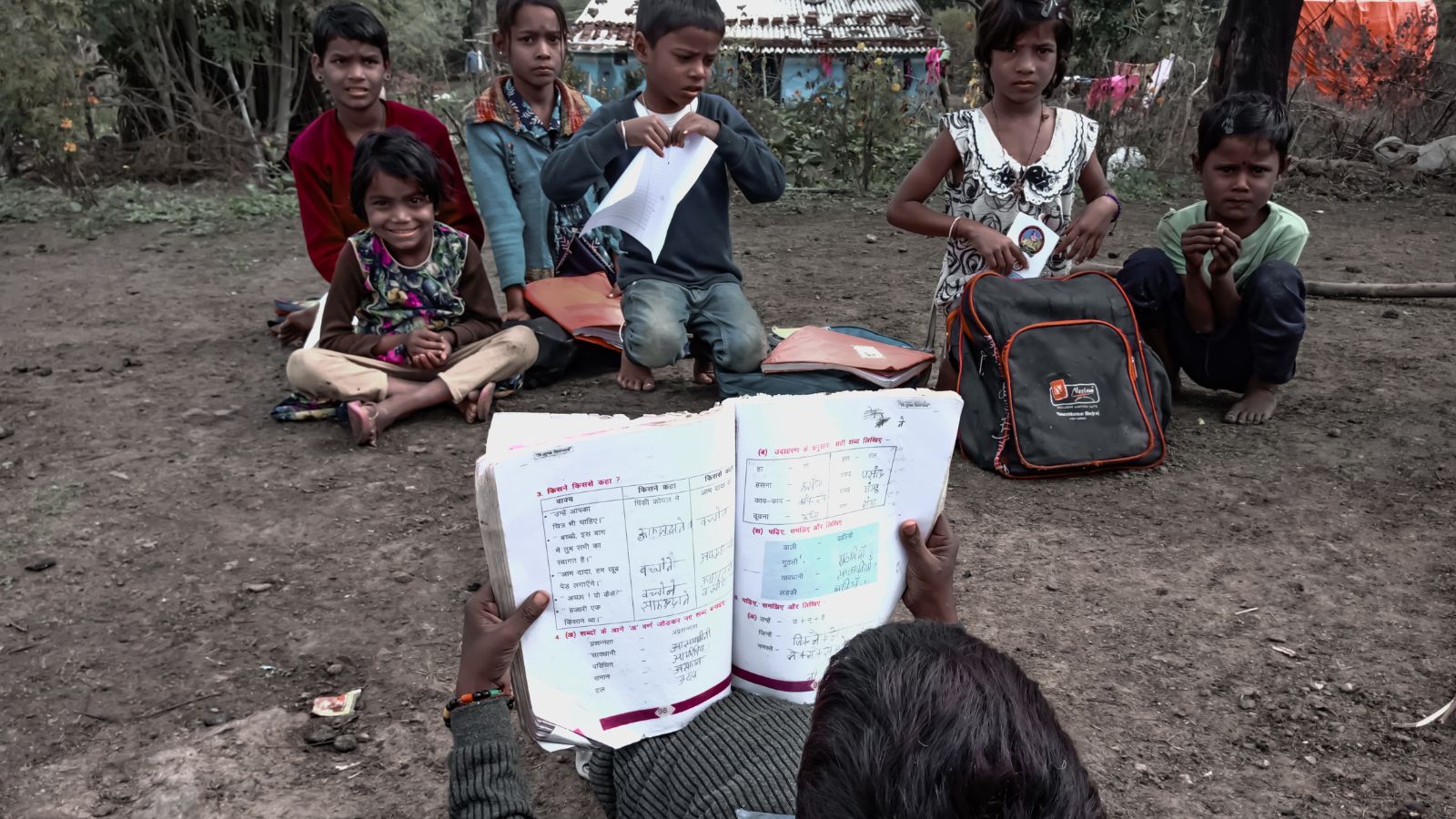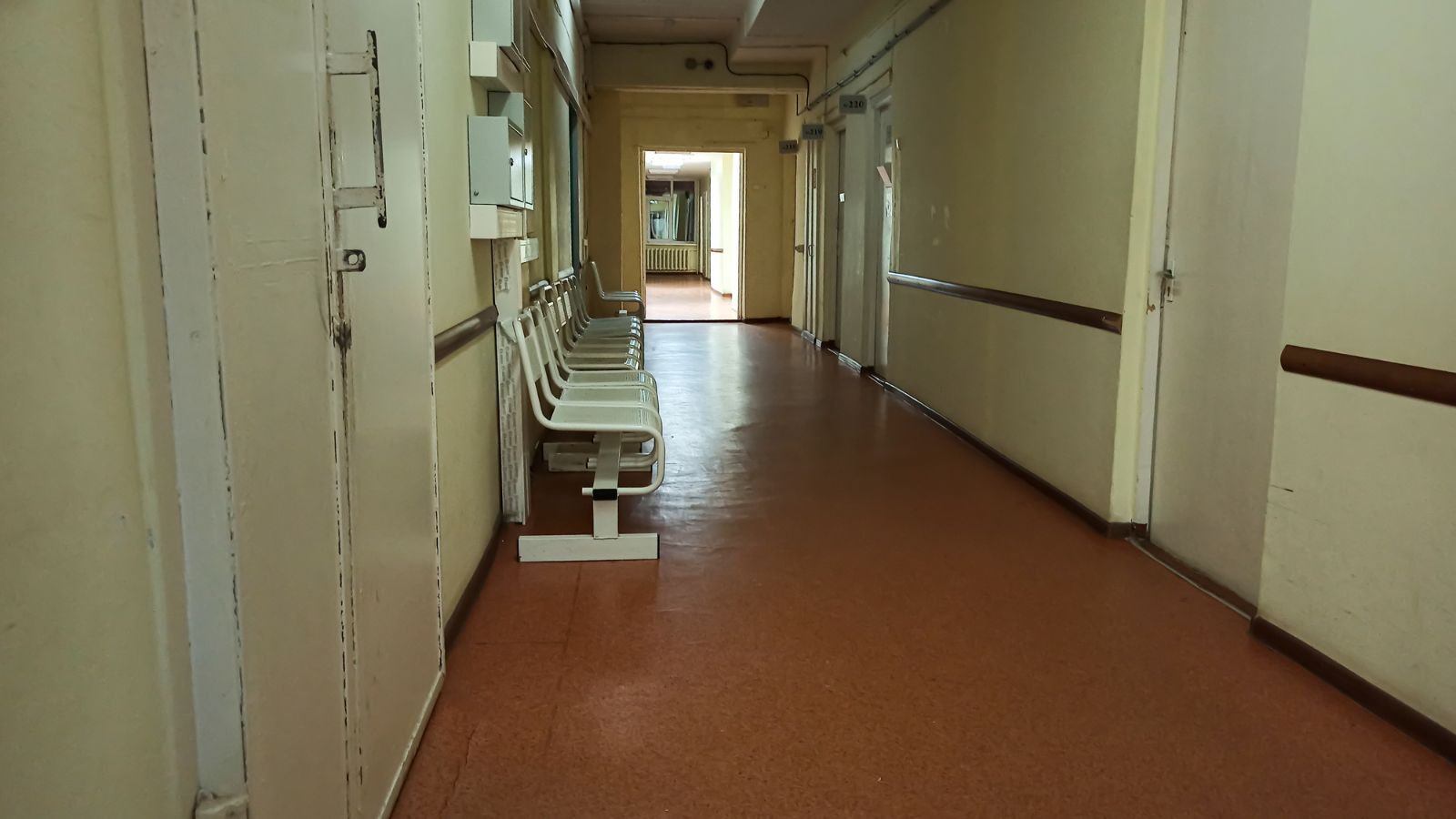In a world where access to quality care is unequal, Canada’s healthcare system remains a beacon of equity, efficiency, and innovation. Despite global shifts in policy, funding pressures, and demographic changes, Canada continues to demonstrate how a publicly funded, universally accessible model can deliver strong outcomes while maintaining social solidarity.
In this article, we explore 27 reasons Canadian healthcare is still a global role model.
Care for Every Person

No matter how much money you have or where you work, hospital visits and doctor appointments don’t come with a bill at the end. That peace of mind that you’ll never have to choose between your health and your wallet lies at the heart of why Canadians feel safe when illness strikes.
Moving Doesn’t Mean Losing Coverage

Whether packing up to start a new job in British Columbia or following family to Newfoundland, your health coverage moves with you. You never have to worry about being caught without support in an unfamiliar place.
What You Need, When You Need It

From broken bones to serious illnesses, the basics of care, like getting stitches in an emergency room or seeing a family doctor about a lingering cough, are all covered. That means these essential services are there on any day you need them.
A System Run by the Public

Publicly overseen health plans mean the focus stays on people, not profits. Every dollar spent is tracked, and the same people you elect to run schools and roads are also watching over your health dollars, bringing a level of trust you can feel.
Keeping Track, Together

Across the country, health leaders gather regularly to share how hospitals and clinics are doing. They talk openly about wait times, patient safety, and new ways to make things better, so you always know progress is on the horizon.
Paid for Through Taxes

Most of our health care comes from the taxes we all pay, which means you’re not hit with surprise bills later. It’s a group effort: everyone helps, so no one person carries a heavy burden alone.
Stronger Together on Medicine Costs

When provinces join forces to buy medicines in bulk, they get better prices like shopping with a huge, nationwide coupon. That helps keep the cost of life-saving drugs from climbing too high.
Smart Budgeting

Instead of charging per test or appointment, hospitals work with set budgets. That means there’s an incentive to find the best care at the best price and to focus on keeping people healthy rather than running up the bill.
Local Choices, National Standards

While there’s a shared promise of care from coast to coast, each community can shape programs that fit its own needs. Whether it’s more midwives in the Maritimes or extra mental health support in the Prairies, flexibility helps people get what’s right for them.
Reaching Remote Corners

In places where roads can be snowy for half the year, virtual doctor visits and small nursing stations mean help is never too far. You might not see a specialist face-to-face every day, but you can still speak to one by video and get prescriptions sent to your local pharmacy.
Honouring Indigenous Ways of Healing

Many provinces are working alongside Indigenous leaders to blend traditional medicines and modern treatments. This respect for culture brings comfort and real results to Indigenous communities, healing both body and spirit.
Putting Minds First

Talking about mental health is no longer taboo. You can find counselors and therapists in your neighborhood health center or chat with a specialist online, so help is just a few clicks away when stress or anxiety strikes.
Looking Beyond the Hospital Walls

Health isn’t only about pills and surgeries. Programs that team up with housing, schools, and food banks help people live healthier lives before illness even begins because a warm home and balanced meals matter as much as a checkup.
Safety Checks at Every Step

Hospitals invite outside experts to walk their halls, checking that rooms are clean and staff follow the best practices. It’s like having a friendly inspector make sure your local diner scrubs its counters only here, the stakes are much higher.
Cutting Down Wait Times

Sure, sometimes you wait to see a specialist or get a scan, but thanks to national goals and smarter booking systems, that wait is getting shorter. Provinces even offer “guaranteed waits,” promising to find a new provider or cover the trip if wait times stretch too long.
Sharing Your Story, Digitally

When you visit different clinics, your health notes travel with you securely. No more filling out the same form over and over. Your care team sees the full picture, helping them make faster, safer choices.
Doctor’s Visits by Screen

A quick cough or a follow-up on that rash? Video calls mean you don’t always need to leave home. Especially in winter, that simple step can keep you and your waiting room warmer and healthier.
Treatments Tailored to You

As researchers learn more about how our genes shape our health, some Canadians are leading the way in getting medicines and treatments picked just for their own bodies. It’s like having a custom-made recipe for wellness.
Teams That Feel Like Family

In many towns, doctors, nurses, pharmacists, and even dietitians share a building and a whiteboard. They chat about your health together, which means fewer phone calls, faster care, and a team that knows you as a person, not just a patient.
Nurse Practitioners on the Front Lines

These highly trained nurses can diagnose, prescribe, and guide your care, especially helpful when your regular doctor is booked up. They have more time to spend answering your questions and walking you through your options.
Neighbourhood Health Centres

Some communities have drop-in centers that feel more like a community hub than a clinic. You might pick up lunch from a healthy cooking demo, meet a counselor, or chat with a public health nurse, all under one roof.
Shots That Save Lives

From tiny babies getting their first vaccines to seniors getting flu shots every autumn, Canada’s immunization schedule keeps outbreaks at bay so your little one can start school healthy, and your grandmother can enjoy winter without fear.
Catching Trouble Early

Screenings for breast, cervical, and colon health mean many cancers are spotted when they’re still small, so treatment is easier, and recovery is more likely. It’s a simple test that can make a world of difference.
Friendly Reminders to Stay Well

Posters on buses, stories on social media, and visits from community workers all remind us to move more, eat better, and quit smoking. These gentle nudges add up, helping people make small changes that pay off big over time.
Training Tomorrow’s Healers

Medical and nursing schools across Canada teach students not just how to fix bodies, but how to listen, calm fears, and walk beside patients. Rural placements bring future doctors and nurses to small towns so they learn firsthand why every clinic matters.
Working Side by Side

When a pharmacist chats with a physiotherapist and a social worker in the same office, the whole health picture comes into focus. No more bouncing between offices, just one place that meets you where you are.
Sharing What We Learn

Canadian teams don’t just keep discoveries here at home. From helping develop vaccines to training health workers in faraway clinics, Canada sends its expertise globally because making life better for everyone is the best care for all.
Conclusion

Canada’s healthcare system thrives on a virtuous cycle. Canada offers a living blueprint for nations aiming to reconcile cost, quality, and compassion in healthcare by continually refining each aspect from rural telehealth outreach to precision medicine research. Whether you’re a policymaker looking for proven strategies or a clinician seeking collaborative models, there’s much to learn from Canada’s ongoing journey toward health for all.
25 Countries Predicted to Become Economic Superpowers in the Next 20 Years

The strength of an economy plays a crucial role in various international policies about trade and relations. Certain factors determine the strength of an economy, including population growth, availability of resources, and development and advancement. Here are 25 countries predicted to become economic superpowers in the next 20 years
25 Countries Predicted to Become Economic Superpowers in the Next 20 Years
